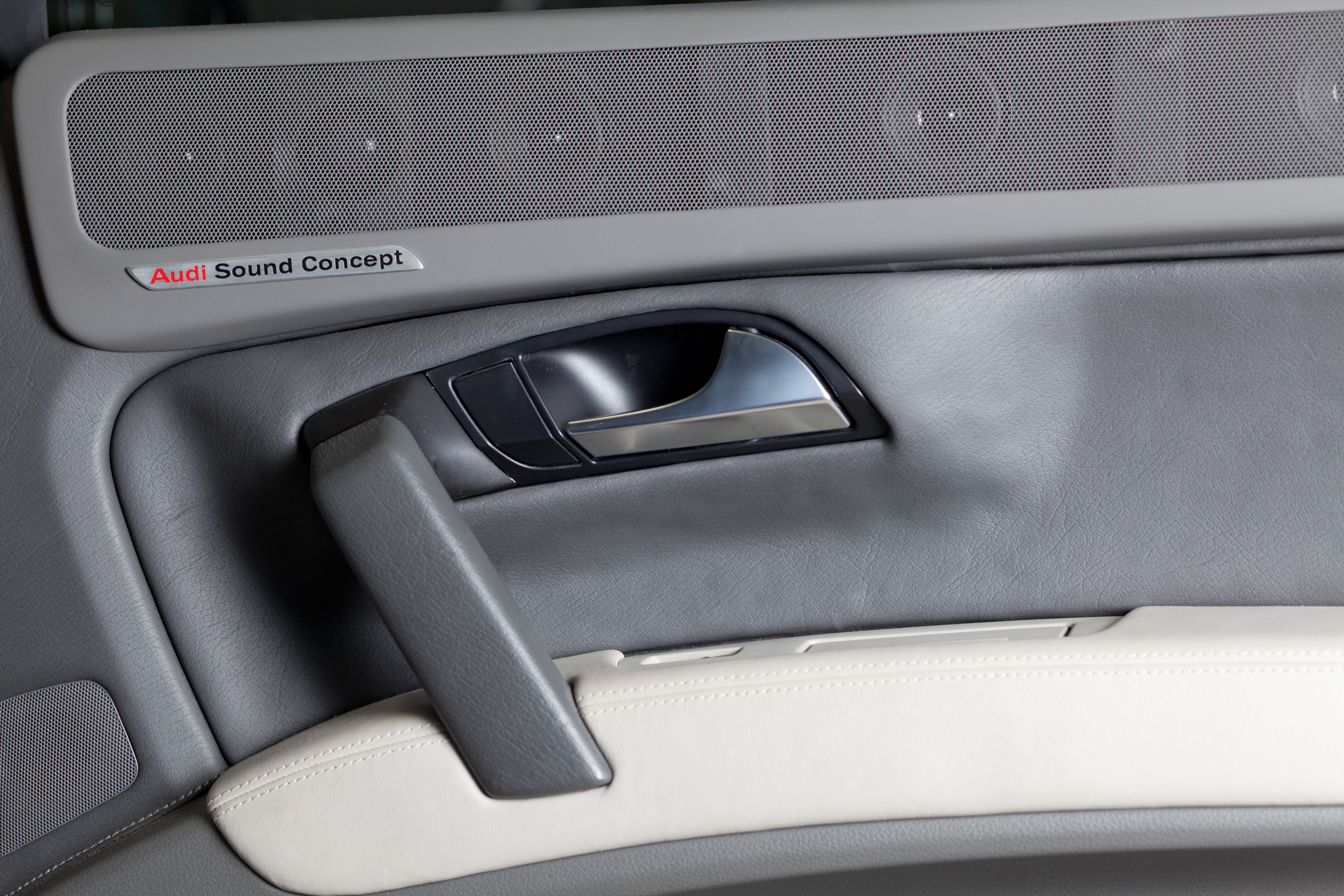Tonmeistertagung 2016 – Fraunhofer IDMT to present object based sound mixes to be played in the car
From November 17th to 20th, acoustic experts of Fraunhofer IDMT together with SAE Institute Köln and Sound & More Media Production will be presenting the results of their second collaborative R&D project in Cologne. Subject: How to turn a car into a rolling concert hall!


In 2014, the three partners launched a pilot project in the course of which three pop songs were reproduced and remixed for object based replay. In summer this year, the partners met again in order to deal with two questions: 1) What are the differences in sound between an object based 3D studio environment and the 2D environment inside a car? 2) What are the requirements on the sound mixing process resulting from these differences?
This time, the partners used Fraunhofer‘s SpatialSound Wave system to reproduce and remix five pieces of music from five different genres to be played a) by a 3-D studio sound system and b) in an AUDI Q7 equipped with a wave field synthesis system. Visitors may listen to the impressive results of the sound mixing process first at the convention’s premises (where the demo vehicle will be located at the northern entrance) and afterwards at the premises of SAE Institute Cologne (which can conveniently be reached by a shuttle bus service; tickets will be sold directly on site).
On Saturday, November 19th, 5.00 p.m., Christoph Sladeczek (Fraunhofer IDMT) will be speaking about the challenges encountered during the project, and how these challenges could be overcome in order to achieve excellent results, in his presentation entitled “Object-Based Music From 3D To 2D” (Room R1).
SpatialSound Wave is not just a 3D sound system for turning cars into rolling concert halls, however. Fraunhofer’s sound system allows also manipulation of the acoustics of real concert halls. Another presentation, held on Sunday, November 20th, 11.30 a.m., will be showcasing how SpatialSound Wave is used by Opera Zurich for controlling sound objects and manipulating sound reflections. The presentation, entitled “Hybrid Object-Based Room Simulation”, will be held by Javier Frutos-Bonilla, project manager at Fraunhofer IDMT (Room R4).
The software
SpatialSound Wave is an object based system for producing and replaying true-to-life three-dimensional sound. While the system allows the listener to virtually immerse in the sound and enjoy an acoustically realistic sound experience, it offers sound engineers and other users new options to easily and efficiently produce spatial sound. Using SpatialSound Wave, audio objects can be positioned at will, providing a totally realistic compliance of what is seen and what is heard. The system features an innovative module for interactive room simulation – by a simple push of a button, any room you can think of is simulated in a perfectly realistic fashion, giving the listener the impression that they are actually right in the middle of a given acoustic scene. SpatialSound Wave’s web based, easy-to-use user interface is platform independent. Due to its modular structure, the system can easily be adapted to individual requirements, allowing users to integrate SpatialSound Wave into their daily workflow routine. As the system can be accessed simultaneously over multiple end devices, a number of users can work on the same project at the same time.
SpatialSound Wave supports a multitude of freely positioned loudspeakers. Sound productions can be replayed via different speaker arrangements without losing the sound impression intended by the artist.
Last modified:
 Fraunhofer Institute for Digital Media Technology IDMT
Fraunhofer Institute for Digital Media Technology IDMT